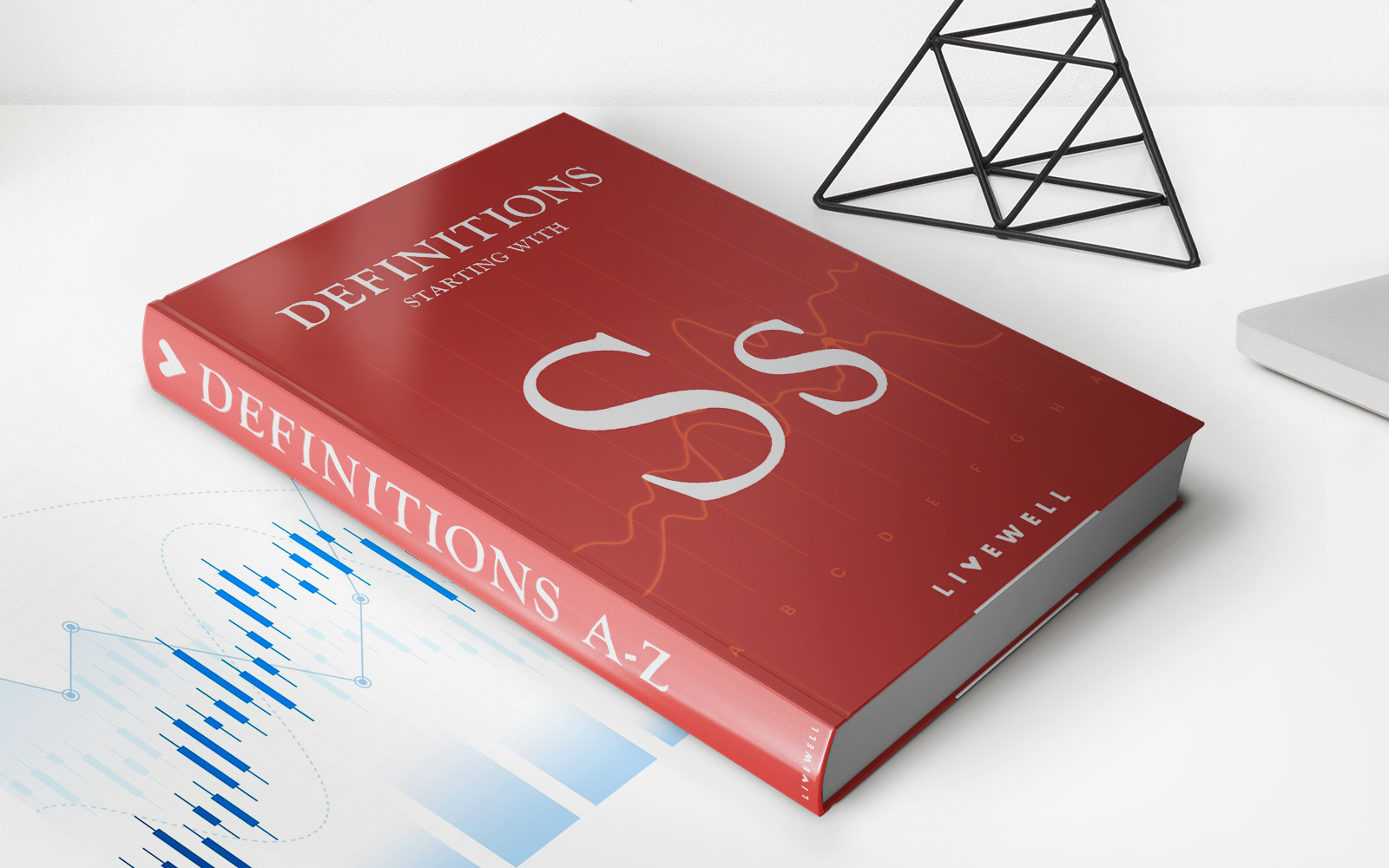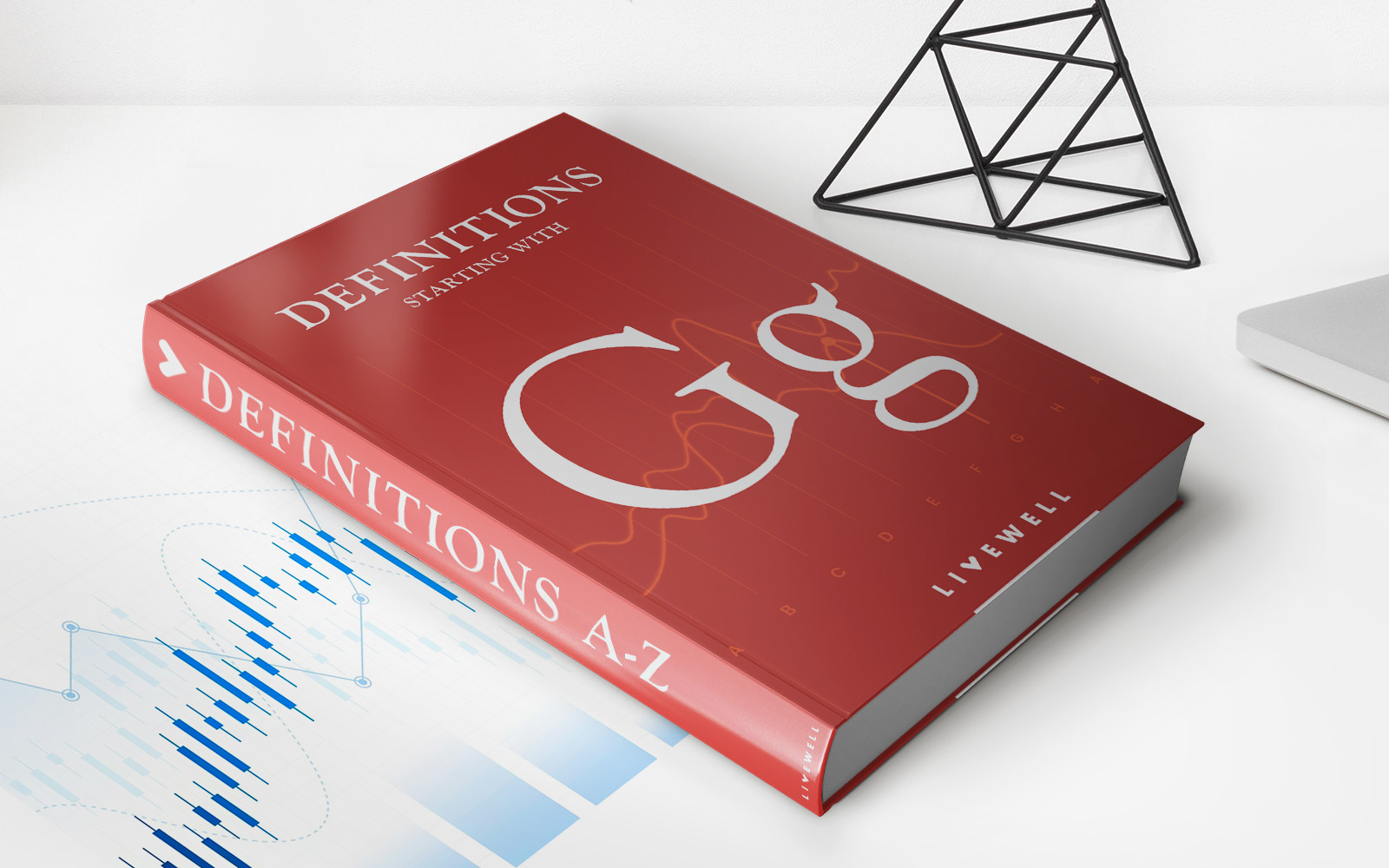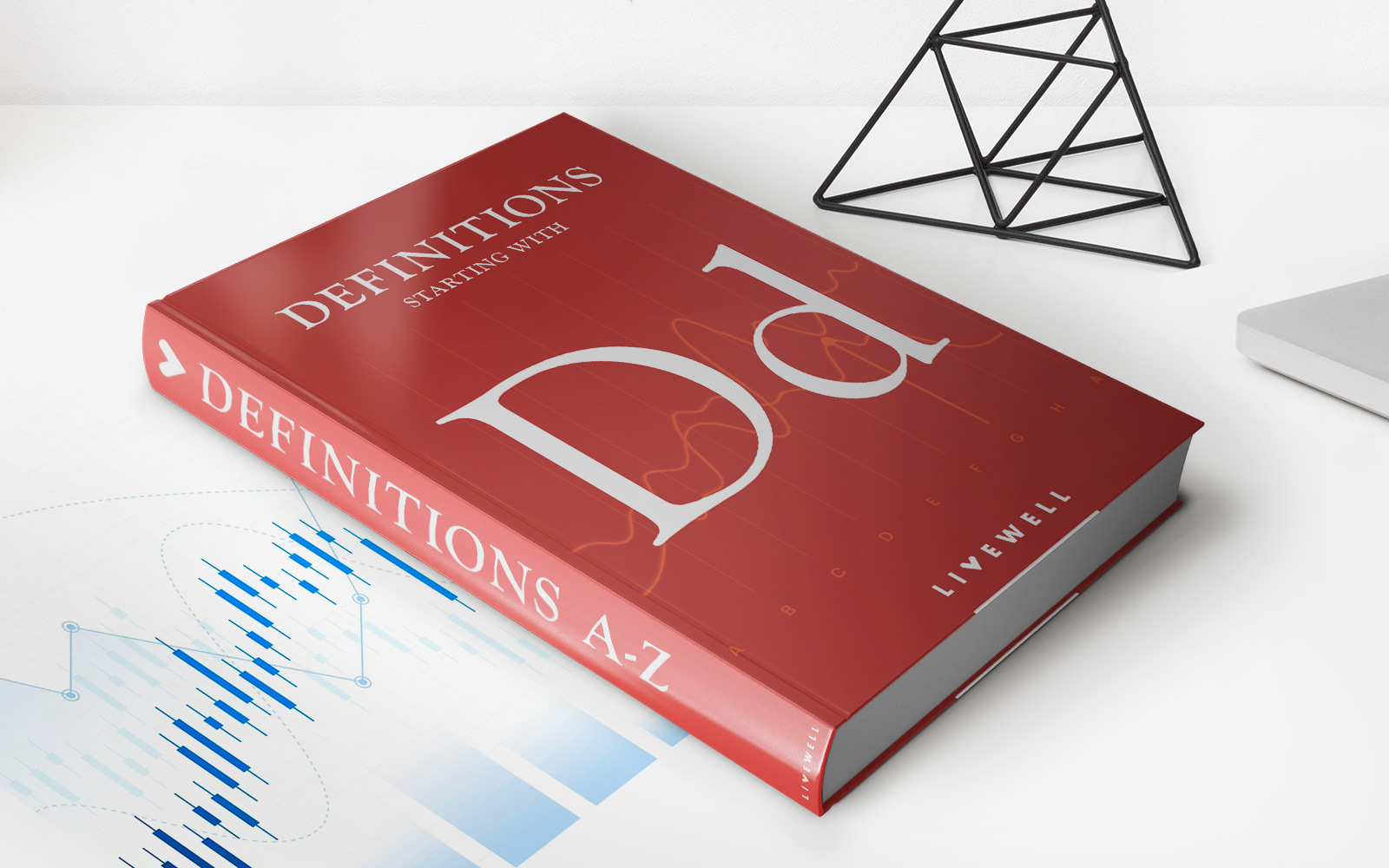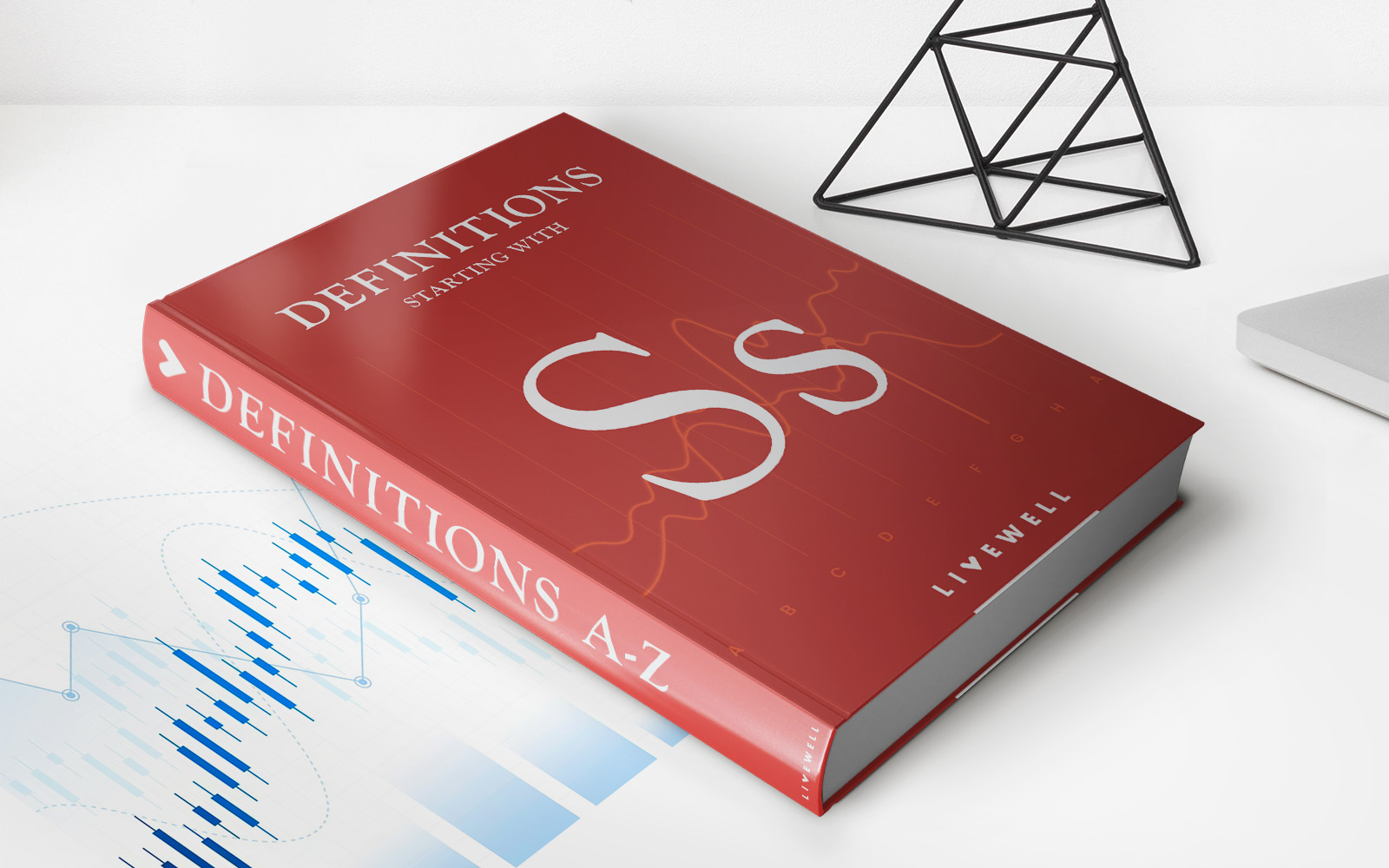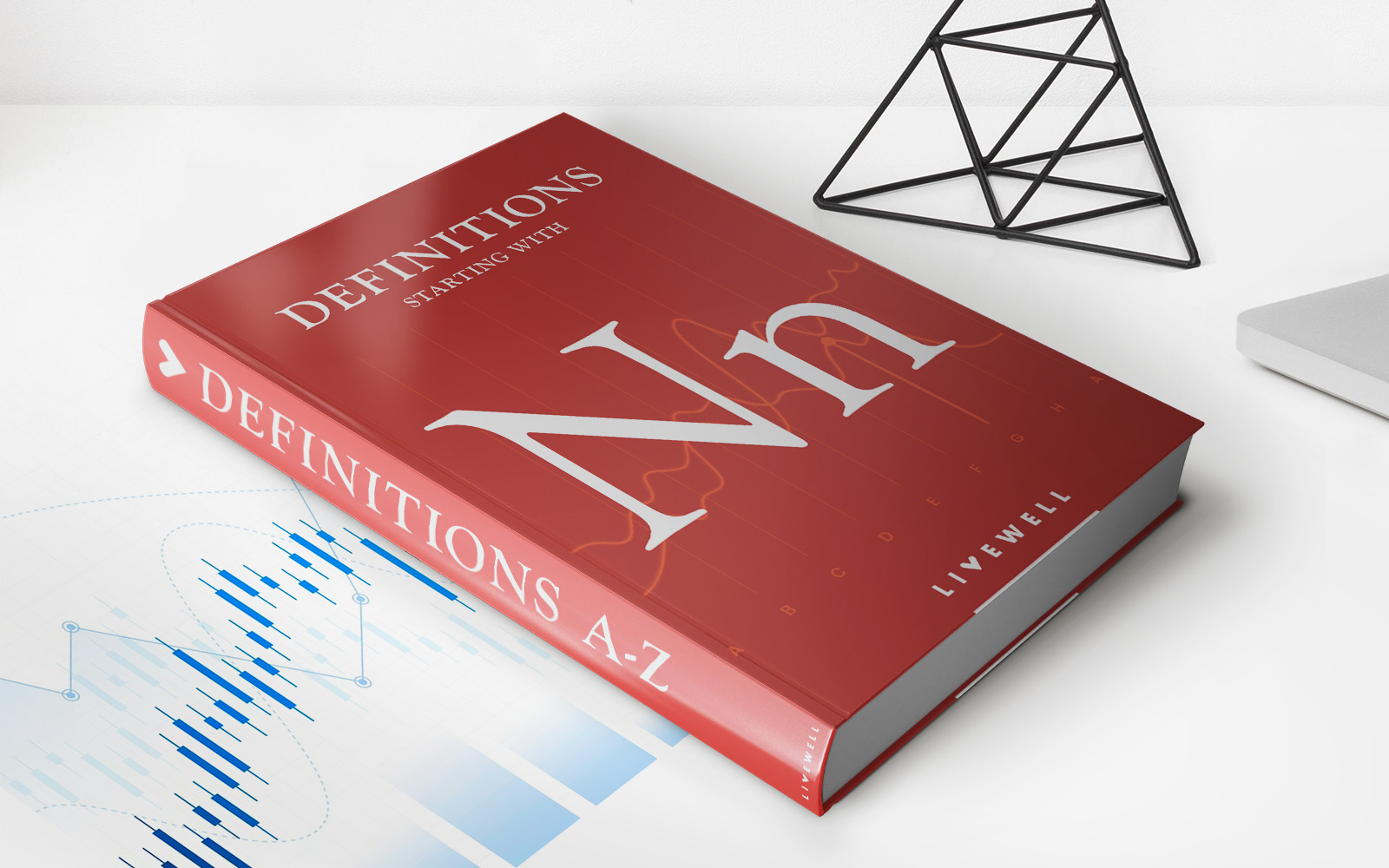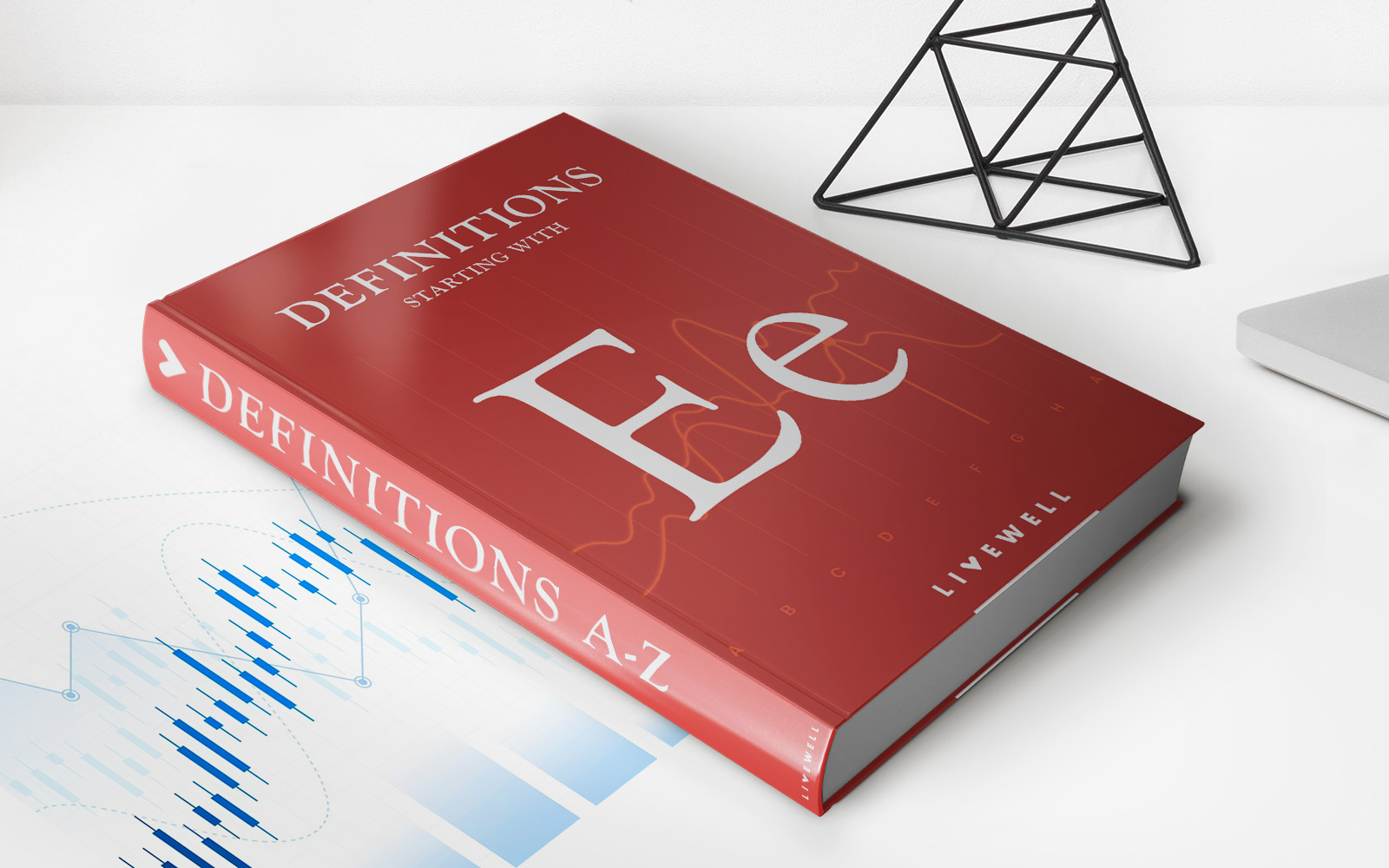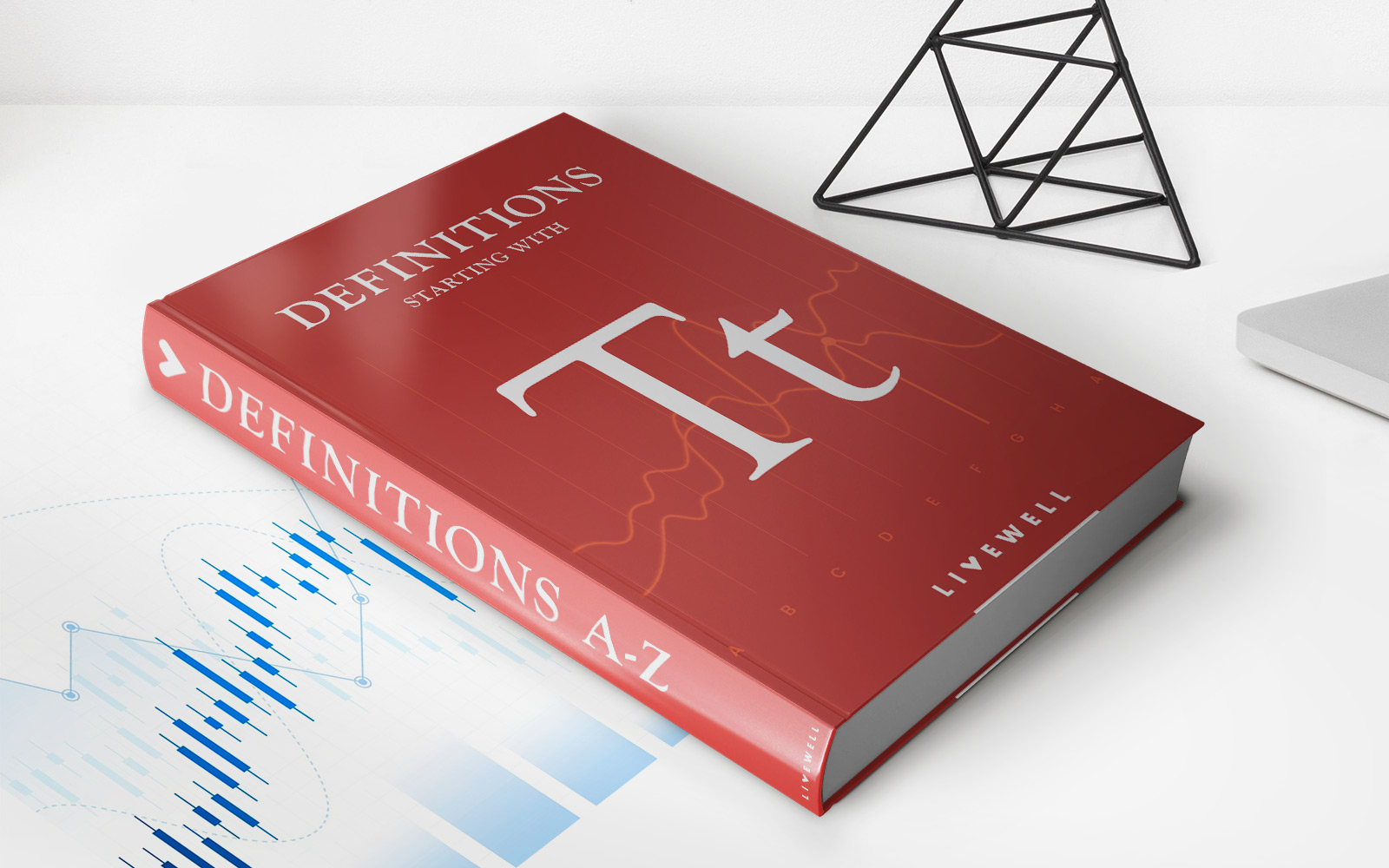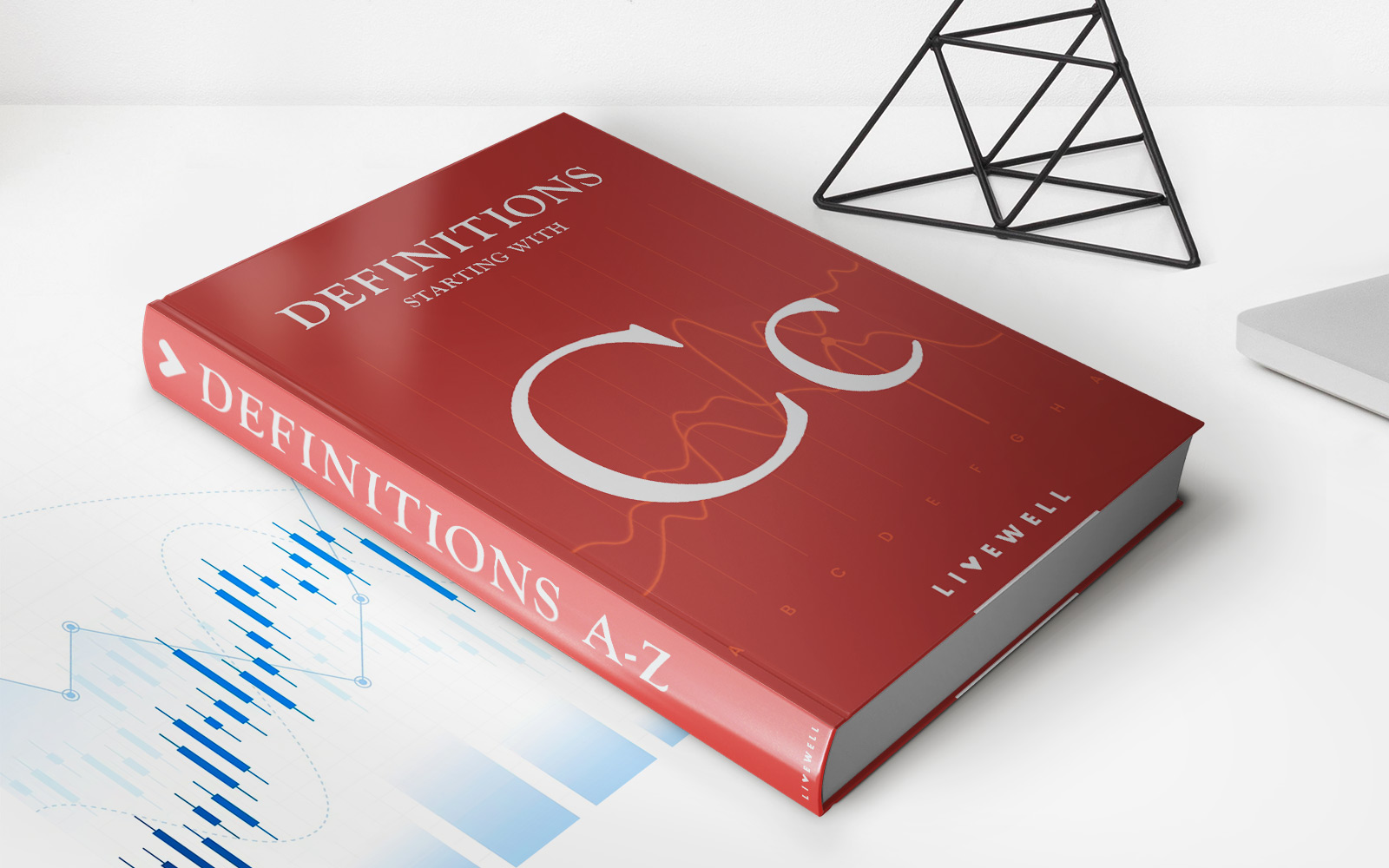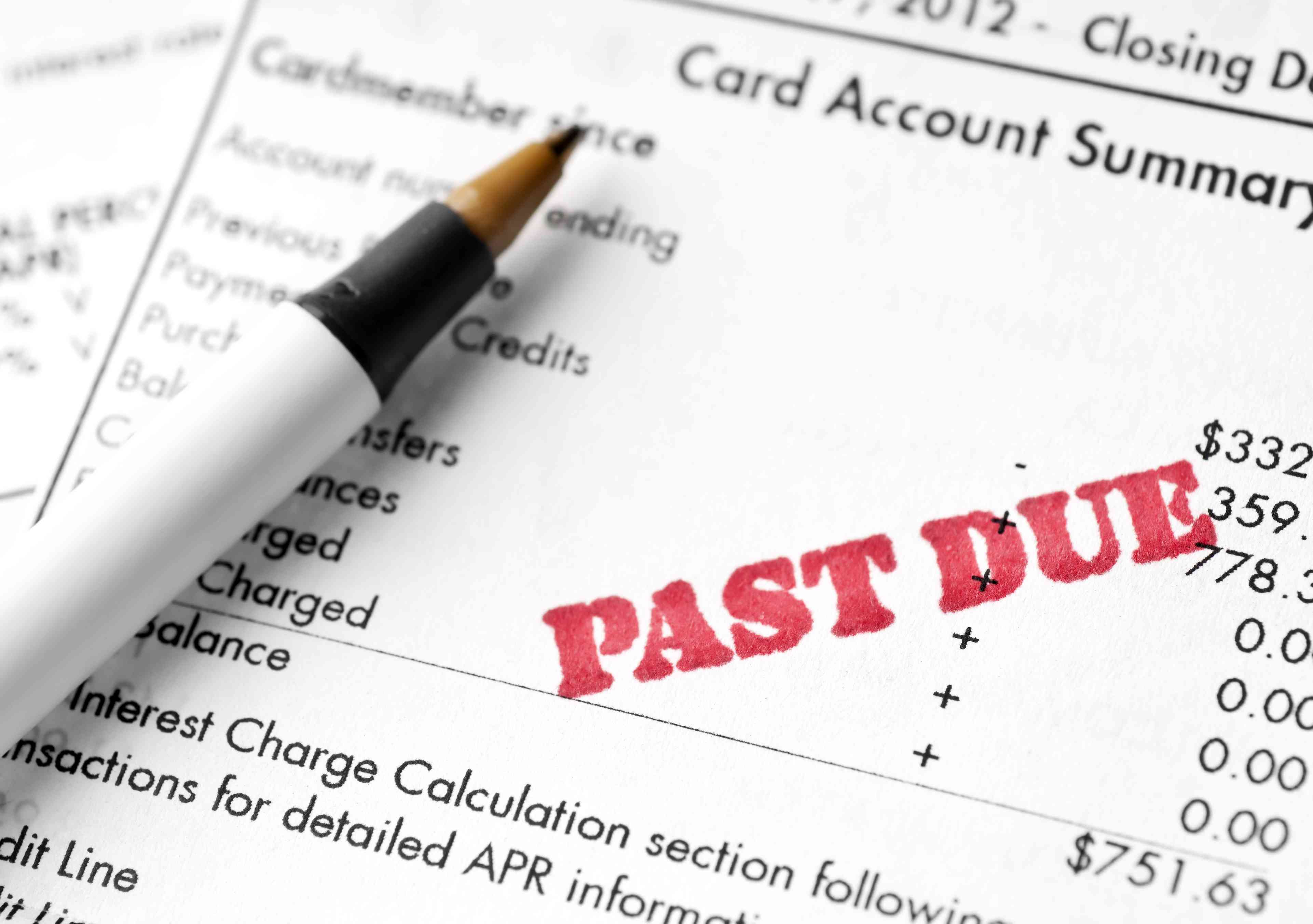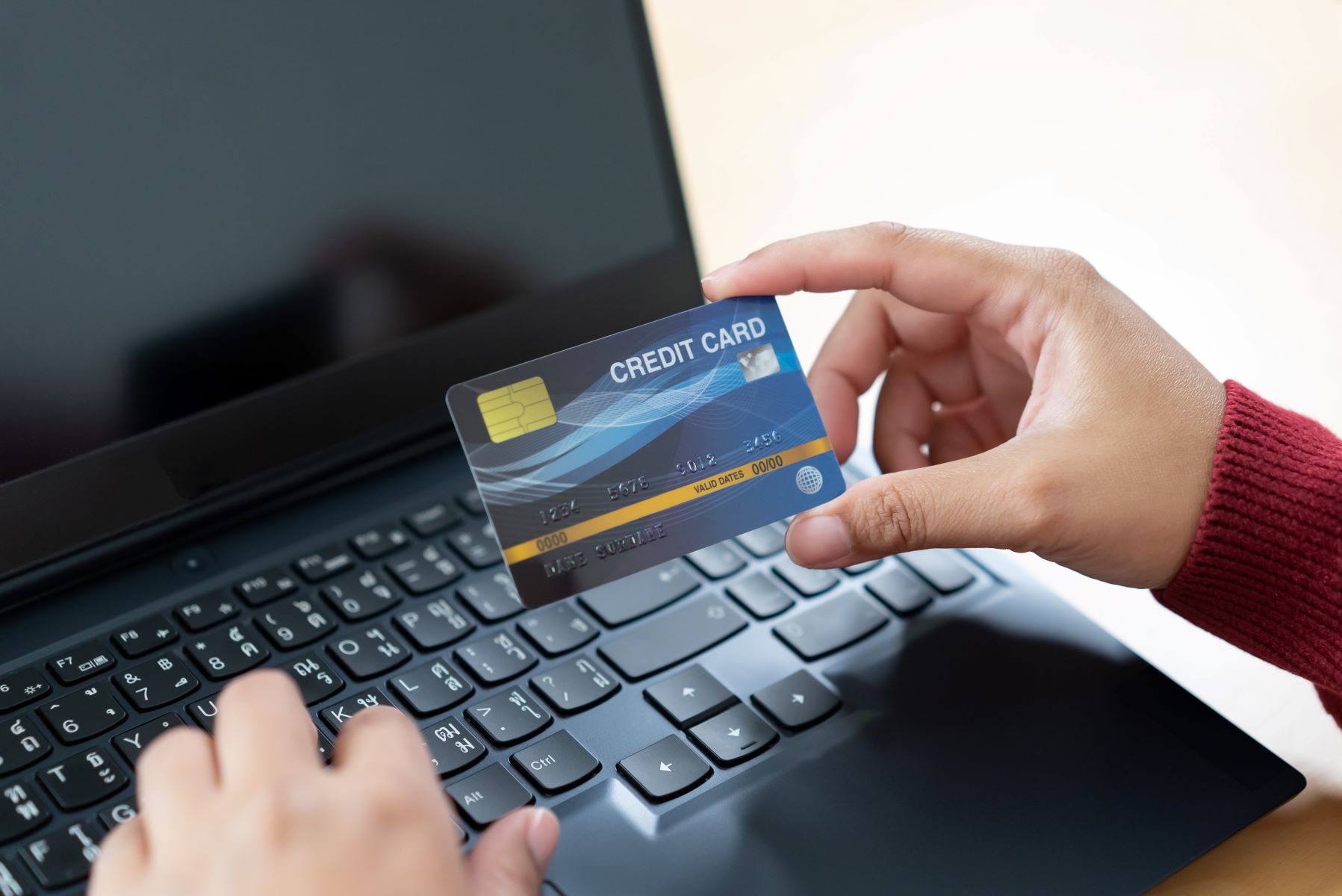Home>Finance>Issuer Identification Number (IIN): Definition And Examples
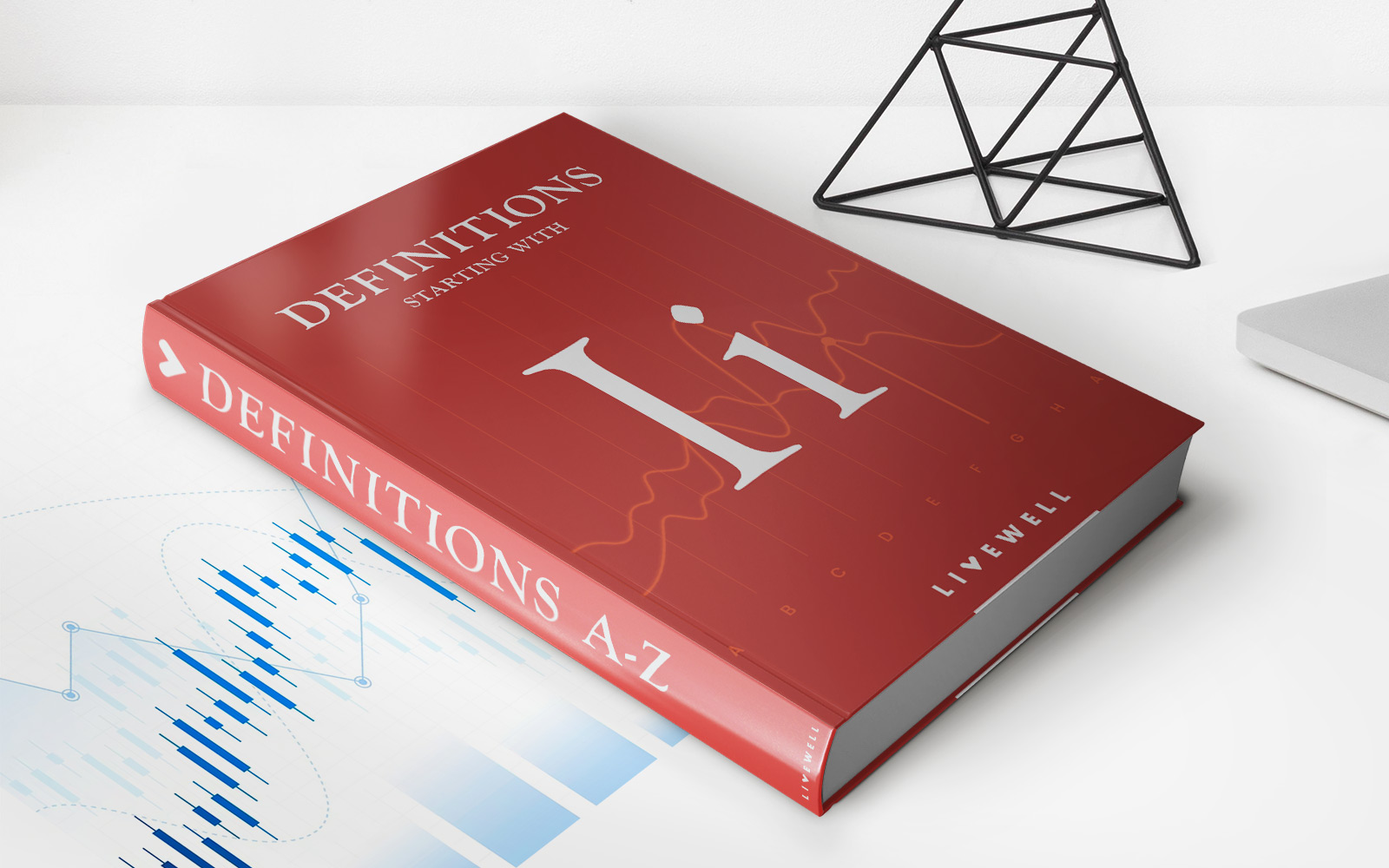

Finance
Issuer Identification Number (IIN): Definition And Examples
Published: December 14, 2023
Learn about Issuer Identification Number (IIN) in the field of finance, including its definition and examples. Gain insights on how IINs are used for identification and verification purposes.
(Many of the links in this article redirect to a specific reviewed product. Your purchase of these products through affiliate links helps to generate commission for LiveWell, at no extra cost. Learn more)
Understanding the Issuer Identification Number (IIN)
When it comes to finances, understanding the terms and concepts is crucial for making informed decisions. One such term that plays a significant role in the world of financial transactions is the Issuer Identification Number (IIN). In this blog post, we will dive deep into what IIN is, how it functions, and provide some examples to help you grasp the concept better.
Key Takeaways:
- The Issuer Identification Number (IIN) is a unique numeric code assigned to identify the issuer of a credit or debit card.
- IINs play a vital role in verifying and authorizing transactions, as they help identify the issuing institution and card type.
What is the Issuer Identification Number (IIN)?
The Issuer Identification Number, also known as the Bank Identification Number (BIN), is a six-digit numeric code that uniquely identifies the institution that issued a credit or debit card. It acts as the first line of defense in validating a card’s authenticity and plays a crucial role in authorizing financial transactions.
Every card, whether it’s a credit card, debit card, or prepaid card, is assigned a unique IIN by the card network or payment processor. This IIN helps in determining the card network (such as Visa, Mastercard, American Express, etc.) and the specific financial institution that issued the card.
To provide a simplified example, let’s consider a hypothetical scenario:
- Card Number: 5213 4567 8901 2345
- IIN: 521345
In this example, the IIN “521345” would help identify the card as belonging to a specific issuing institution, such as Bank XYZ.
The Role of IIN in Transaction Validation
When you make a payment using your credit or debit card, the merchant initiates a transaction authorization process. During this process, the merchant’s payment gateway checks the IIN to identify the card’s issuer and determine the appropriate network to route the transaction.
Here’s how the role of the IIN unfolds:
- The merchant’s payment gateway receives your card information, including the IIN.
- The payment gateway uses the IIN to identify the card’s issuer and the associated card network.
- The gateway then checks if the transaction is allowed based on the card network’s rules and the issuer’s authorization.
- If the transaction is approved, the payment gateway proceeds with the transaction.
Through this validation process, the IIN plays a vital role in preventing fraudulent transactions. Additionally, it helps in ensuring that transactions are routed correctly and faster, leading to a smoother payment experience for both merchants and customers.
Examples of Issuer Identification Numbers
Let’s take a look at some common examples of Issuer Identification Numbers:
- Visa cards typically start with an IIN of 4.
- Mastercard cards usually begin with an IIN in the range of 51 to 55.
- American Express cards often have an IIN of either 34 or 37.
These are just a few examples, but it’s important to note that there are numerous IINs assigned to different financial institutions and card networks worldwide. Each IIN is unique and helps identify the issuer and card type, ensuring secure and efficient transactions.
Conclusion
The Issuer Identification Number (IIN) plays a vital role in the world of financial transactions. It acts as a unique identifier for card issuers and helps in authorizing and validating transactions. By understanding the concept of IIN and how it functions, you can gain a better understanding of the payment process and make more informed financial decisions.
Next time you use your credit or debit card, remember that behind that small six-digit code lies a significant component in ensuring secure and smooth transactions.
